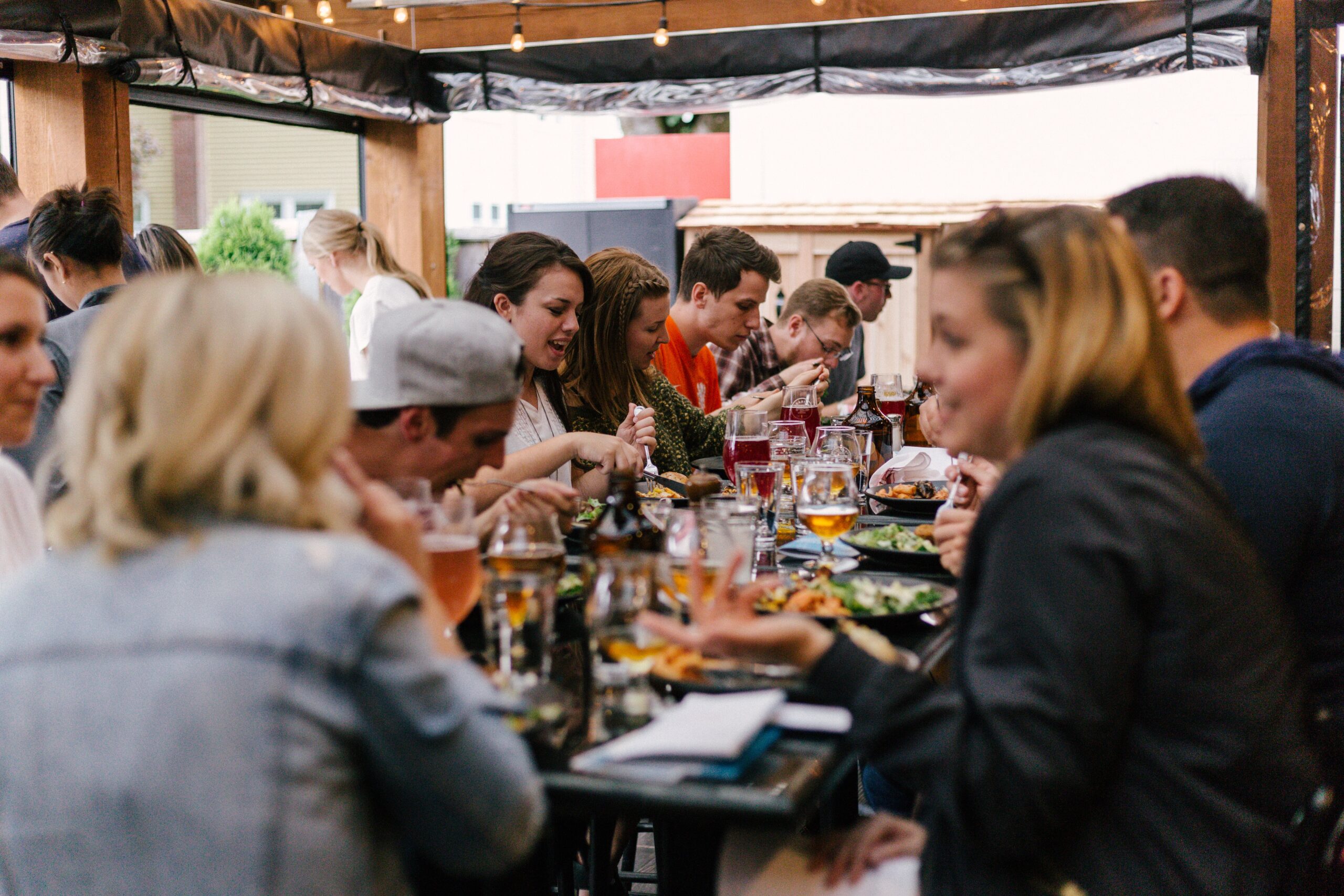The Rise of the Virtual Restaurant: A New Era in Dining
The culinary world has undergone a significant transformation with the emergence of a novel concept that has revolutionized the way we perceive dining. The “virtual restaurant,” a term that has garnered attention and curiosity, marks the intersection of technology and gastronomy. This innovative model eschews the traditional brick-and-mortar settings, offering food aficionados a chance to explore an array of flavors from the comfort of their homes.
Understanding the Virtual Restaurant
A virtual restaurant, sometimes referred to as a ghost kitchen or cloud kitchen, operates without a physical dining space for customers. Essentially, it’s a restaurant that exclusively serves customers through online delivery platforms. This model focuses on preparing food specifically for delivery or takeout, optimizing kitchen operations and menus for off-site dining experiences.
The concept is a response to the growing demand for food delivery services, spurred by the digital revolution and changing consumer behaviors. As more people seek convenience, virtual restaurants have become a compelling solution, minimizing overhead costs such as rent, front-of-house staff, and décor. By leveraging the power of online ordering systems, these establishments are carving out a niche in the competitive food industry.
The Evolutionary Leap of Dining Out
Virtual restaurants signify more than just a trend; they reflect an evolutionary leap in the way we “dine out.” Although the essence of restaurant dining has traditionally been a combination of food, service, and ambiance, virtual restaurants have shifted the focus to quality and convenience. Gone are the days when eating from a restaurant meant stepping out of one’s house.
With the surge in smartphone usage and the proliferation of food delivery apps, customers can now enjoy a restaurant-quality meal anywhere. The allure of virtual restaurants lies in their ability to provide a diverse range of cuisines, often spearheaded by talented chefs who are experimenting with novel culinary concepts without the constraints of a dine-in setup.
Cuisine Without Borders
One of the most fascinating aspects of virtual restaurants is their potential to transcend geographical limitations. Chefs and entrepreneurs can now share their culinary creations with a wider audience, unfettered by the need for a central location. This democratization of the dining experience enables even small-scale food businesses to reach customers far beyond their local neighborhoods.
Moreover, virtual restaurants can test different markets and customer preferences with minimal risk. They can swiftly adapt to trends, introduce new menus, and cater to niche dietary needs, such as vegan or gluten-free options, without the significant investment typically associated with expanding a traditional restaurant.
Economic Impacts of Going Virtual
The economic model of virtual restaurants offers substantial benefits over conventional restaurants. Lower startup and operational costs allow these businesses to break even and profit more quickly. By focusing resources on food production and delivery logistics, virtual restaurants can achieve greater efficiency and scalability.
Virtual establishments often operate from shared kitchens, further reducing expenses and fostering a collaborative environment where multiple brands can thrive under one roof. As a result, the barriers to entry for aspiring restaurateurs are markedly lowered, spurring innovation and competition within the industry.
Challenges and Considerations
Despite the advantages, virtual restaurants face unique challenges. The absence of a physical presence means these businesses must rely heavily on marketing and branding to make an impression on potential customers. Moreover, the reliance on third-party delivery services can lead to higher commission fees and concerns over customer service quality, which is out of the restaurant’s direct control.
To succeed, virtual restaurants must excel in online engagement, leveraging social media and digital marketing strategies to build a loyal customer base. They must also ensure that their food quality and packaging are optimized for transit, as the delivery experience can significantly impact customer satisfaction and retention.
Sustainability and the Virtual Model
Sustainability is another critical aspect of the virtual restaurant paradigm. With increased packaging waste and delivery emissions, these businesses are called upon to adopt eco-friendly practices. Innovations in biodegradable packaging, local sourcing of ingredients, and efficient delivery routing can help mitigate the environmental impact.
Moreover, virtual restaurant s can contribute to reducing food waste by precisely forecasting demand and adjusting inventory accordingly. They have the agility to modify portion sizes and menus to reflect sustainable practices and consumer preferences, leading the way toward a more environmentally responsible industry.
The Future of Virtual Dining
As we look toward the future, virtual restaurants seem poised to play a significant role in the evolution of the dining landscape. With advancements in technology, such as artificial intelligence and data analytics, these establishments will continue to refine their operations, providing personalized experiences to diners.
The potential integration of virtual reality could further enhance the virtual dining experience, allowing customers to immerse themselves in thematic or exotic environments while enjoying their meals. Additionally, as drone delivery and autonomous vehicles become more prevalent, the efficiency and reach of virtual restaurants are expected to grow exponentially.
The Culinary Journey Continues
The journey of the virtual restaurant is only just beginning. As this model matures, it promises to keep reshaping the restaurant industry, challenging traditional norms, and delighting diners with innovative offerings. The essence of enjoying a great meal remains unchanged, yet the way we access and experience that pleasure is undergoing an undeniable transformation.
In conclusion, the virtual restaurant is more than a fleeting phenomenon; it’s a testament to human ingenuity and adaptability. It bridges the gap between the culinary arts and digital convenience, creating a space where food, technology, and entrepreneurial spirit coalesce to craft the next chapter in the storied history of dining. The virtual restaurant is not merely a concept but a dynamic platform that brings the richness of worldwide cuisines to our doorsteps, one delicious delivery at a time.



